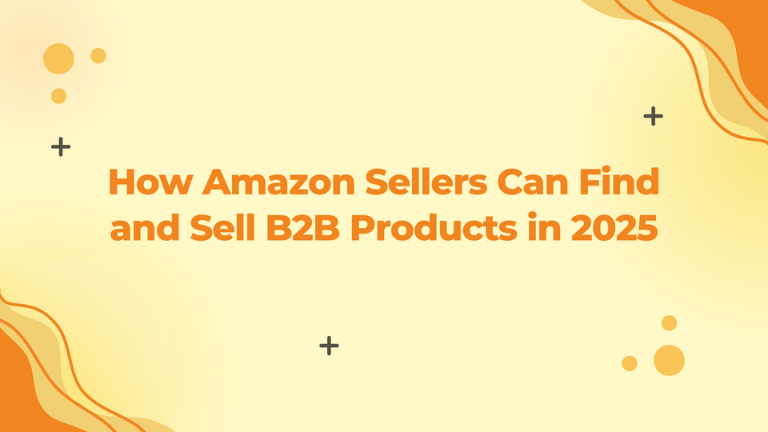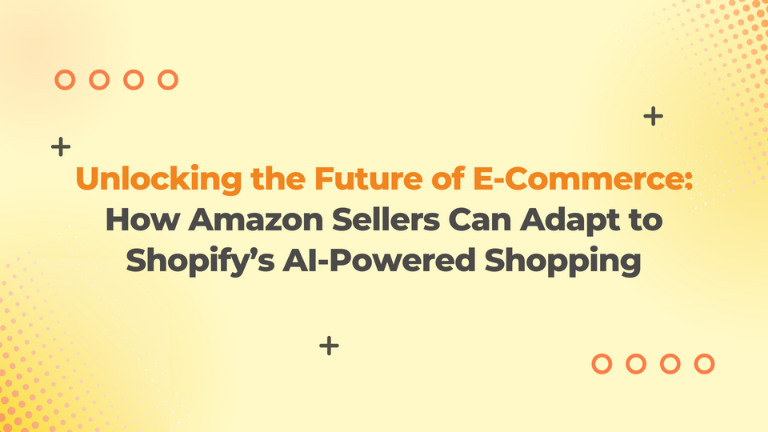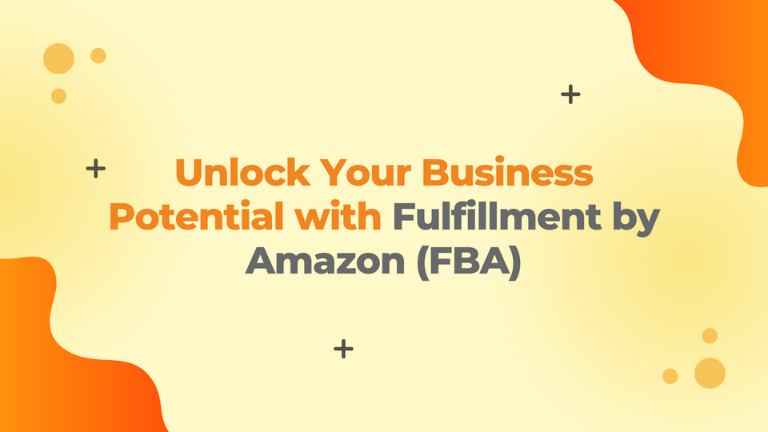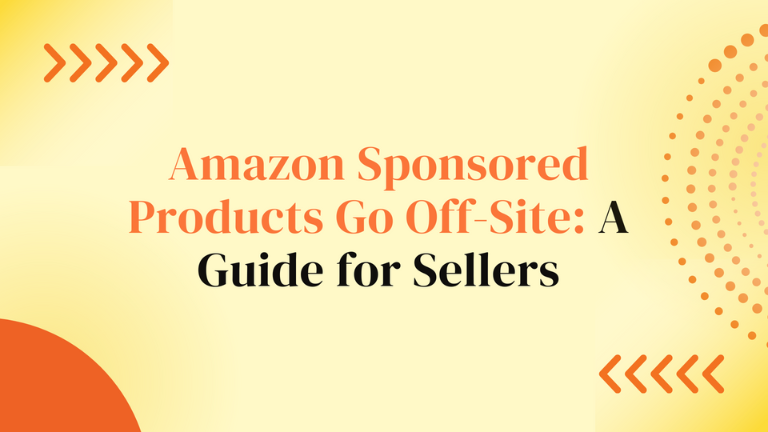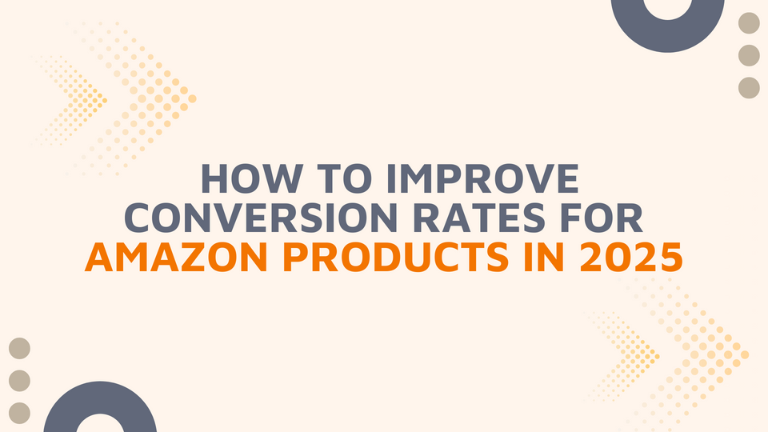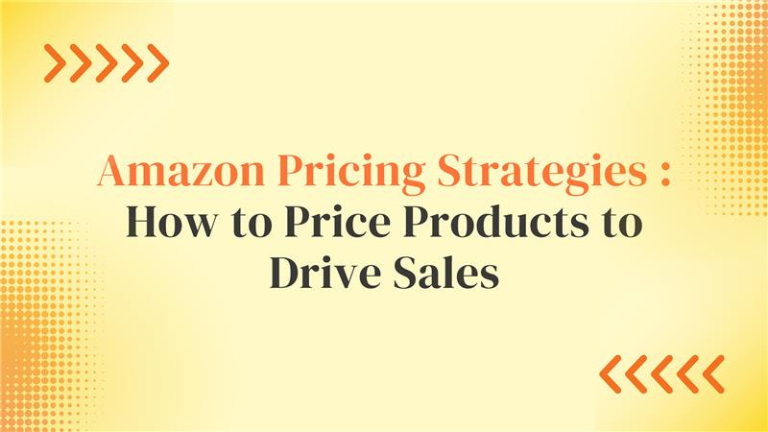Amazon continues to be a goldmine for entrepreneurs looking to start or scale their businesses. Whether you’re new to e-commerce or a seasoned seller, Amazon offers a wealth of opportunities to generate revenue, scale your business, and reach millions of customers worldwide. But how do you navigate the platform effectively and turn your idea into a profitable business? We’ll walk you through 11 proven ways to make money on Amazon and 9 strategies to scale your Amazon business. Whether you’re looking to earn some extra cash or grow a full-time venture, this post will help you hit your profit goals. 11 Ways to Make Money on Amazon Specialize in One Product or a Niche You can start by focusing on one product or a few items within a specific niche. Specializing helps you concentrate your efforts and gain insights into your market. It allows you to understand inventory management, demand, competition, price points, and margins. Use Product Opportunity Explorer to identify high-demand, low-competition products. Sell Refurbished Products Amazon offers a platform called Amazon Renewed where you can sell certified refurbished products. Categories like phones, cameras, and power tools often do well. Selling refurbished items can help you target budget-conscious buyers while ensuring they trust your product’s quality. Sell Customizable Products Customers love personalizing products. With Amazon Custom, you can offer personalized engravings, embroidery, or custom prints on your items. This allows you to differentiate your offerings and add value beyond standard products. Sell Handmade Products If you’re a skilled artisan, you can turn your craft into a business by selling your creations on Amazon Handmade. This platform waives fees for Professional selling plans and provides other perks to help you showcase your unique items to customers. Create and Distribute Merch If you have a creative idea for custom T-shirts, hats, or other merchandise, you can leverage Merch on Demand to design and sell your products without worrying about inventory or fulfillment. Amazon handles everything from printing to shipping, so you can focus on marketing. Try Reselling Reselling involves sourcing products and selling them at a profit. This can be done through retail arbitrage (buying products at physical stores) or online arbitrage (buying from online retailers). It’s an easy way to enter the market without manufacturing products. Source Wholesale If you have the capital to buy products in bulk, sourcing wholesale goods can be a lucrative business model. By purchasing large quantities at a discount and reselling at a markup, you can maximize your profit margins. Team Up with a Dropshipper Dropshipping lets you sell products without holding inventory. You simply work with a dropshipping supplier who will handle fulfillment. This business model minimizes upfront costs and risk but requires careful supplier selection and order tracking. Earn Passive Income Through Affiliate Marketing Amazon Associates is an affiliate marketing program that allows you to earn commissions by recommending products in the Amazon store. You can promote products on your blog, YouTube channel, or social media, and earn commissions on sales generated through your referral links. Be an Influencer If you have an online following, you can monetize your platform with the Amazon Influencer Program. Promote products you love and earn commissions on qualifying purchases. As an influencer, your ability to engage your audience is key to success. Try Amazon Live Amazon Live allows you to host live shopping events where you can promote products, answer customer questions, and interact with potential buyers in real-time. This provides an immersive shopping experience and drives higher conversions through direct engagement. 9 Strategies to Scale Your Amazon Business Register Your Brand Brand Registry helps you protect your intellectual property, and it opens up advanced marketing and selling tools. Trademarking and branding your products can help you stand out from competitors and build customer loyalty. Advertise Digitally Digital marketing tools like Sponsored Products, Sponsored Brands, and Sponsored Display can help you increase visibility and sales. Invest in Amazon Ads to reach wider audiences and boost product discoverability. Run Experiments Use Manage Your Experiments to test different variations of your product listings, including titles, images, and descriptions. This feature helps you identify which elements drive the most sales, optimizing your listings for higher conversions. Make Optimizations SEO plays a significant role in driving traffic to your Amazon listings. Optimize your product descriptions, images, keywords, and backend search terms to improve visibility and rankings. Outsource Fulfillment FBA (Fulfillment by Amazon) simplifies the logistics of your business by letting Amazon handle storage, packing, shipping, and customer service. This lets you focus on other areas like product development and marketing while Amazon takes care of the operational side. Bundle Products Virtual Bundling in FBA allows you to group complementary products and sell them together at a higher price point. It encourages customers to buy more while increasing your average order value. Expand Internationally Use Amazon Global Selling to tap into international markets. With tools for managing global orders, translations, and fulfillment, you can easily expand your customer base beyond the US and into over 180 countries. Create A+ Content A+ Content enhances your product detail page with enhanced images, text, and comparison charts. It boosts brand awareness, increases conversions, and drives customer engagement with compelling product presentations. Use Automation Leverage automation tools to streamline processes like inventory management, pricing, and reporting. Automation saves you time, reduces manual errors, and allows you to scale efficiently. Whether you’re starting small or scaling up, Amazon offers a plethora of ways to earn and grow your business. By utilizing these 11 ways to make money and 9 strategies to scale, you can build a profitable Amazon business that stands out in a competitive market. Amazon’s tools and programs give you the power to streamline your operations, increase your visibility, and maximize profits. Start today and watch your Amazon business grow! Ready to start your Amazon business or scale your existing one? Follow these strategies, optimize your listings, and get ahead of the competition. Need help navigating the complexities of selling on Amazon? We’re here


